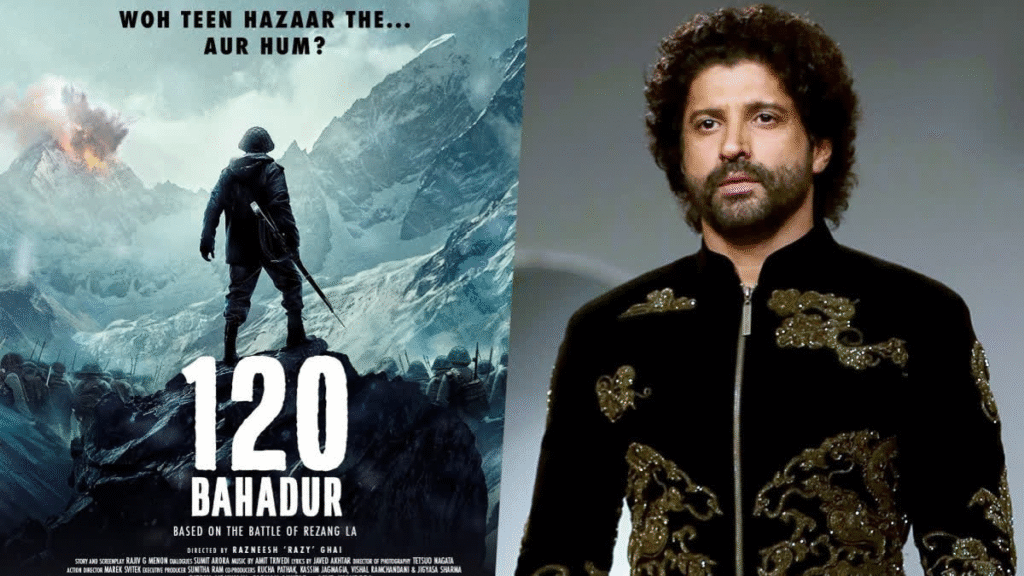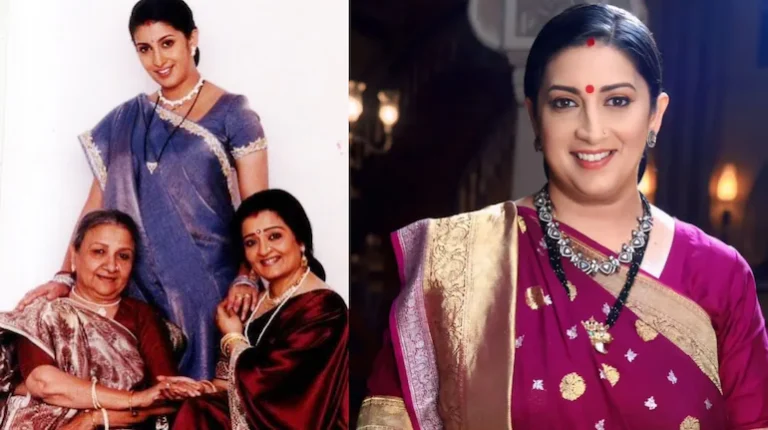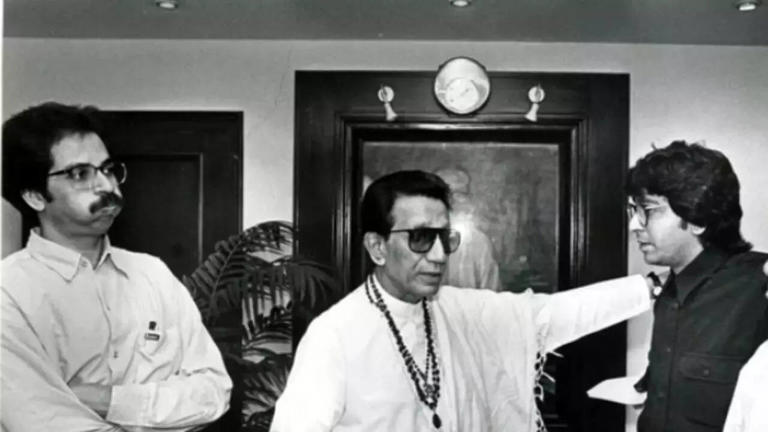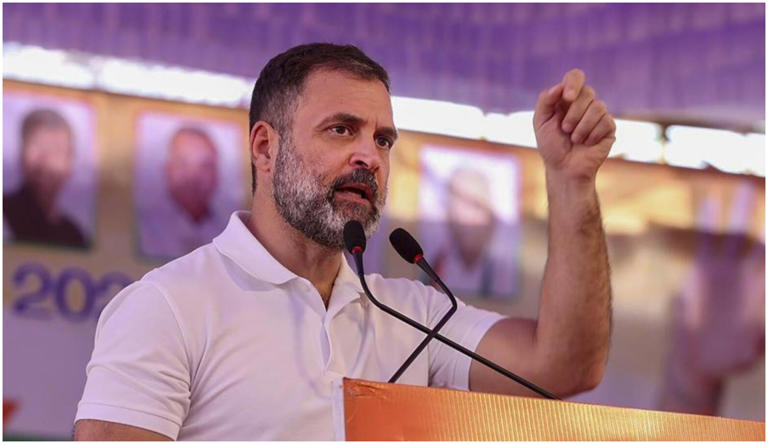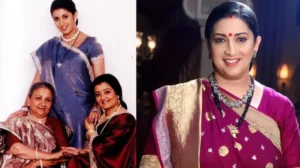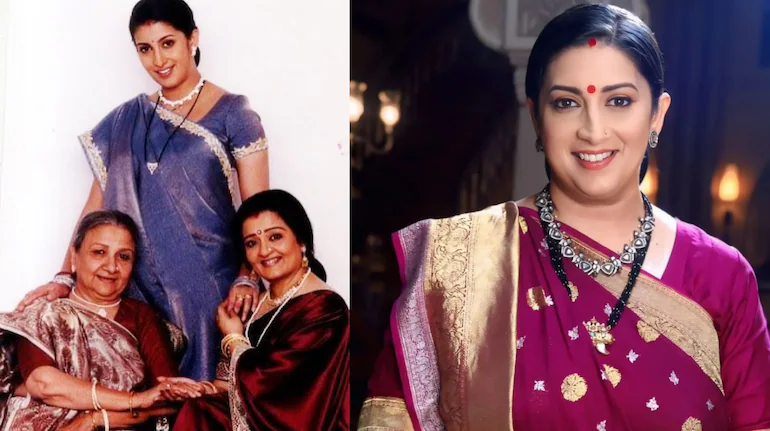Why Farhan Akhtar Believes Authentic Portrayals of Security Forces Are a Responsibility of Storytellers
Someone asked, “Why is Farhan Akhtar talking about portraying the armed forces accurately in movies?” The answer lies in the powerful influence of cinema and media on public perception. Farhan Akhtar, known for films like Lakshya and Bhaag Milkha Bhaag, recently shared his perspective on the responsibility filmmakers have when depicting the Indian armed forces, police, and other security agencies on screen.
He said, “It’s our responsibility to depict the forces accurately, so audiences can learn about them.” This statement reflects a growing awareness among creators about the educational impact of cinema. According to Farhan, showing the true nature of life in uniform — the discipline, the danger, the sacrifices — can help audiences understand the real world behind the glamour or action shown on screen. This also helps to counter stereotypes and misinformation about the military, which are often perpetuated by sensationalized or dramatized depictions.
Balancing Realism and Storytelling in Portraying Armed Forces
In today’s era of content-driven cinema and streaming platforms, creators often walk a tightrope between storytelling and realism. Farhan Akhtar advocates for a balanced approach to storytelling — one that respects the truth while also delivering engaging narratives. He argues that responsible filmmaking about the armed forces is not just about accuracy, but also about empathy.
This kind of representation plays a dual role:
- It educates the public on what life in the forces truly entails.
- It fosters respect and emotional connection with those who serve.
With movies and series reaching millions, the way soldiers and security personnel are portrayed can shape societal attitudes. Farhan’s call is not a restriction on creativity but a reminder of the influence of media on national sentiment and public understanding.


